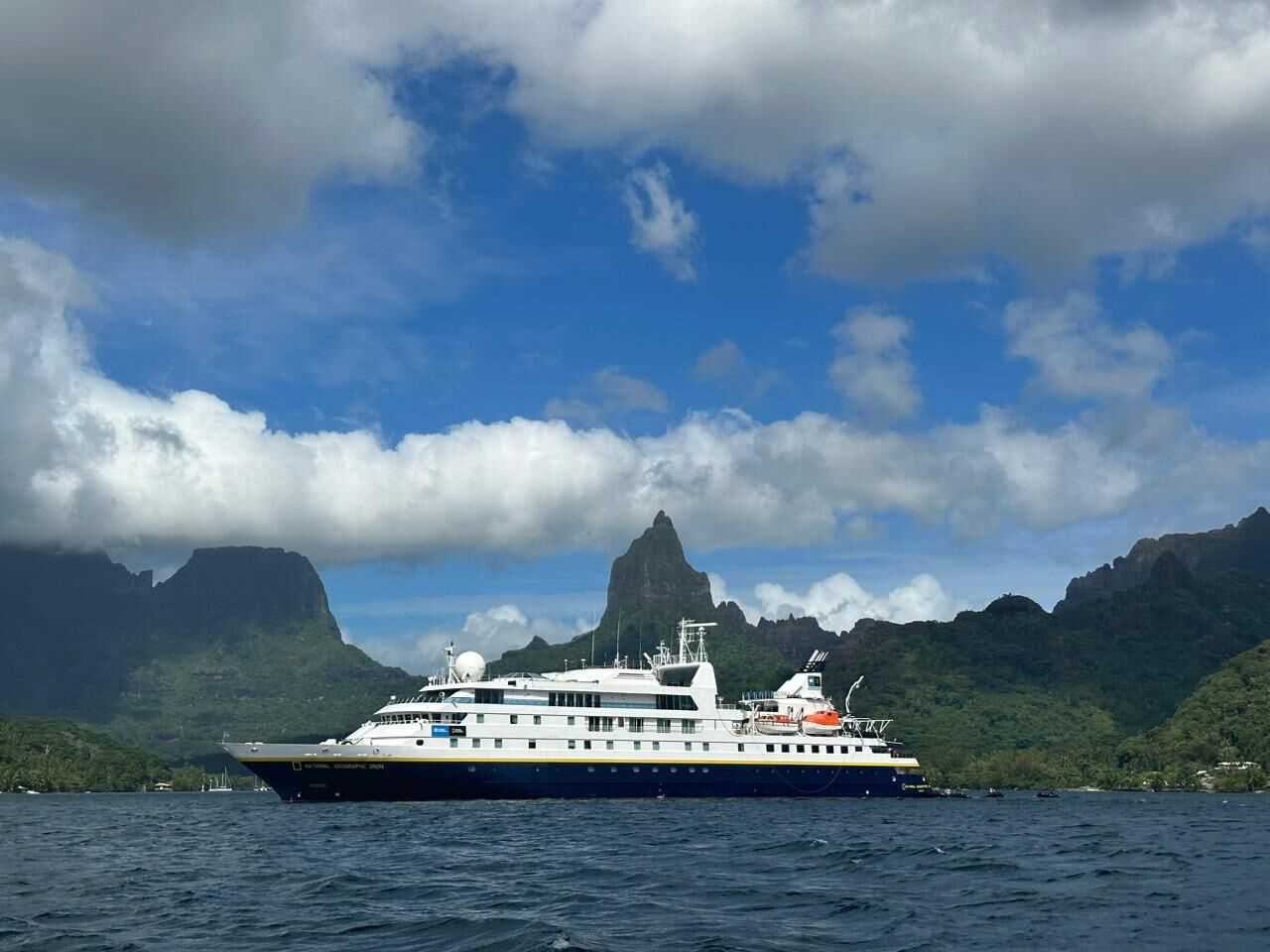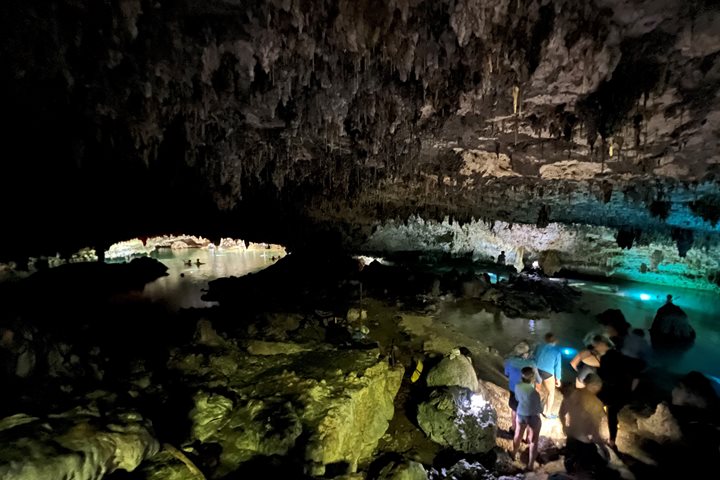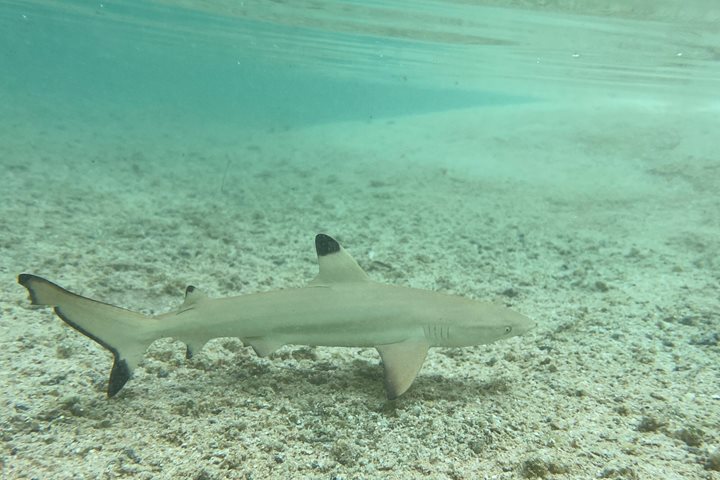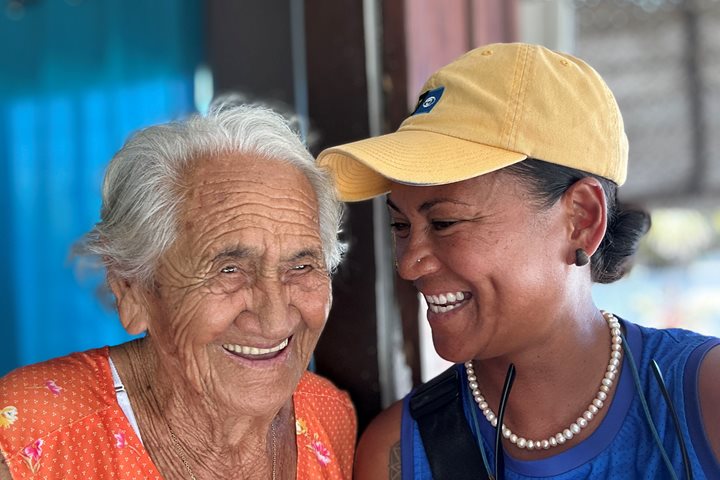We arrived at the dramatic, lush, volcanic island of Moorea early this morning. This is the second largest of the Windward Islands in the Society Islands of French Polynesia, and it is different from the coralline Tuamotu Islands we have been exploring. Some people claim that Moorea is the most beautiful island in the world, and it is difficult to argue. The island is the remains of an ancient, half-eroded volcano with rugged and mountainous land, many streams, fertile soils, and beautiful landscapes. Its highest peak is Mount Tohivea, which rises to 3,960 feet or 1,207 meters (see our first photo). The peak guided us into the inner waters surrounding the lagoon. We anchored in Opunohu (Papetoai) Bay on the north coast at the center of what was once the volcano’s crater. We anchored here for the rest of the day as we enjoyed this picturesque island.
The island is less developed than some of the other Society Islands, such as Tahiti and Bora Bora. Many of the inhabitants still live quite simply, growing their own food and catching fish for themselves. The island’s commercial crops include pineapples, vanilla, copra, and coffee. There were several options to take advantage of in the morning, and guests chose between scuba diving with sea turtles, driving about the more rugged parts of the island in four-wheel drive vehicles, visiting important archaeological sites, and hiking in the surrounding forest. The tropical rainforest habitat is especially photogenic with its tall trees, impressive, shade-giving canopy, and a rich diversity of species.
After lunch, we departed for our own private Motu. An idyllic tropical island awaited us. The hotel team greeted us with drinks, and local musicians played instruments as we arrived. Alas, it was time to say our farewells as National Geographic Orion sailed to Papeete, Tahiti. Moorea is so breathtaking, and we could not ask for a better place to end our incredible Polynesian adventure!







